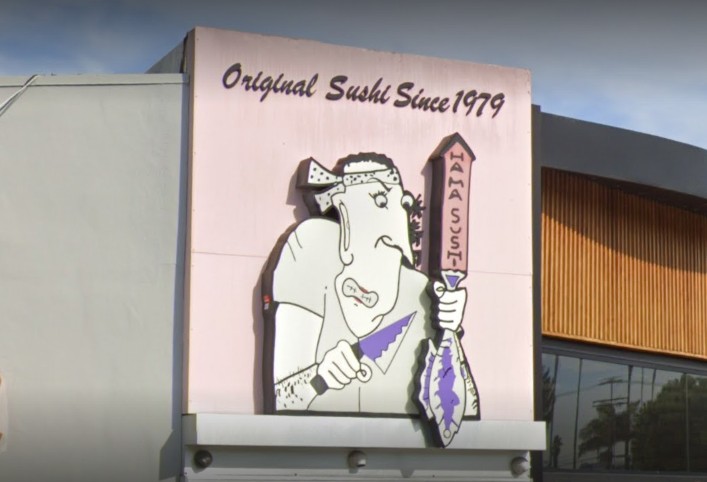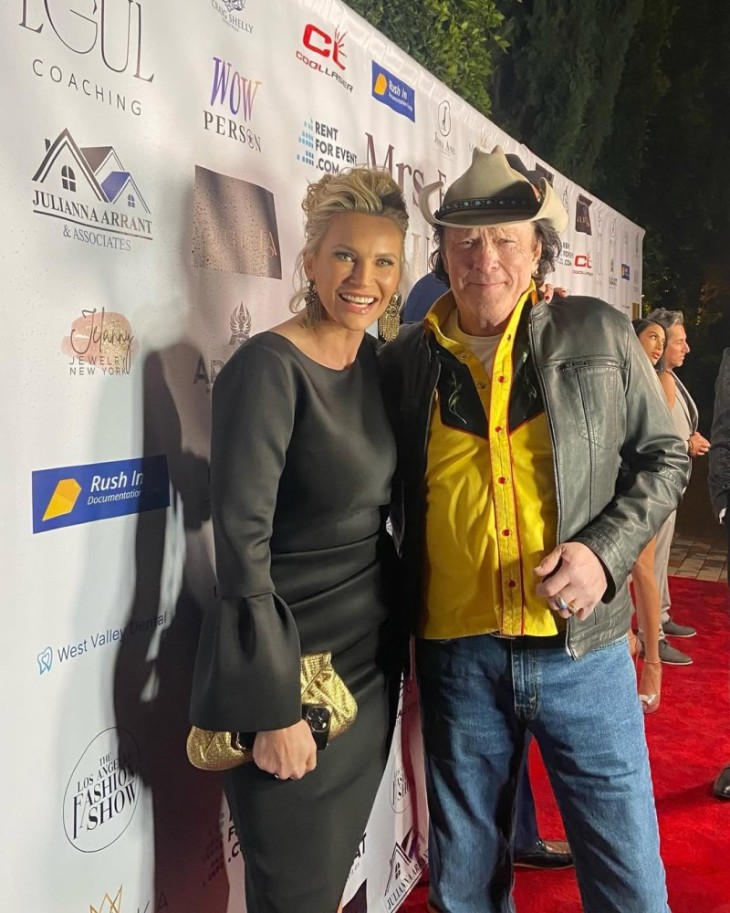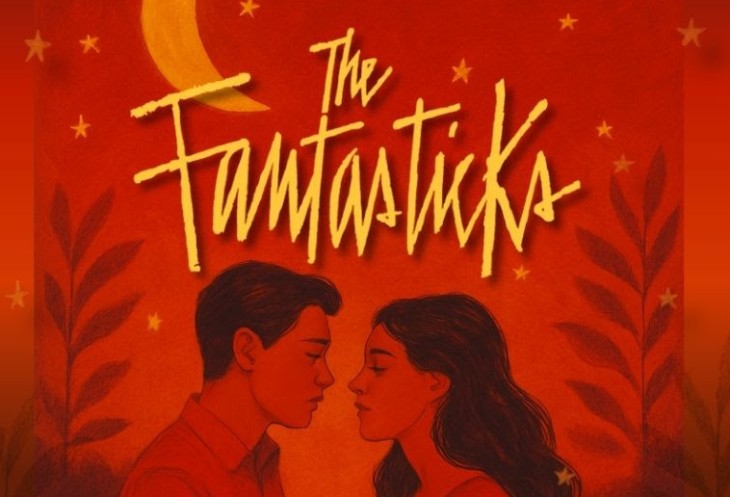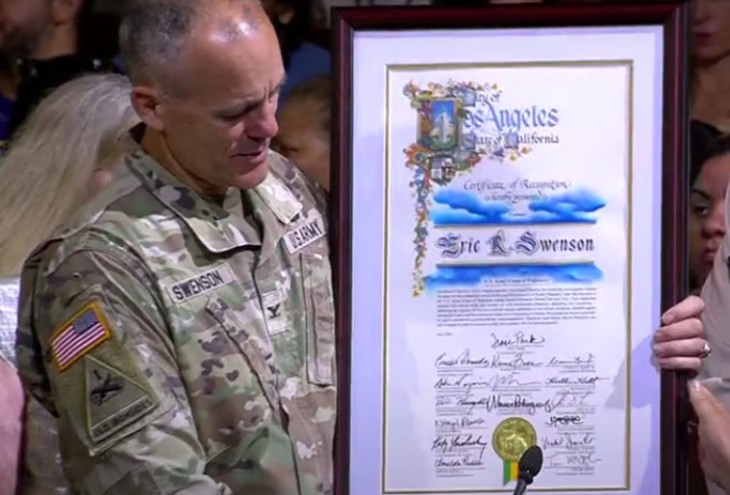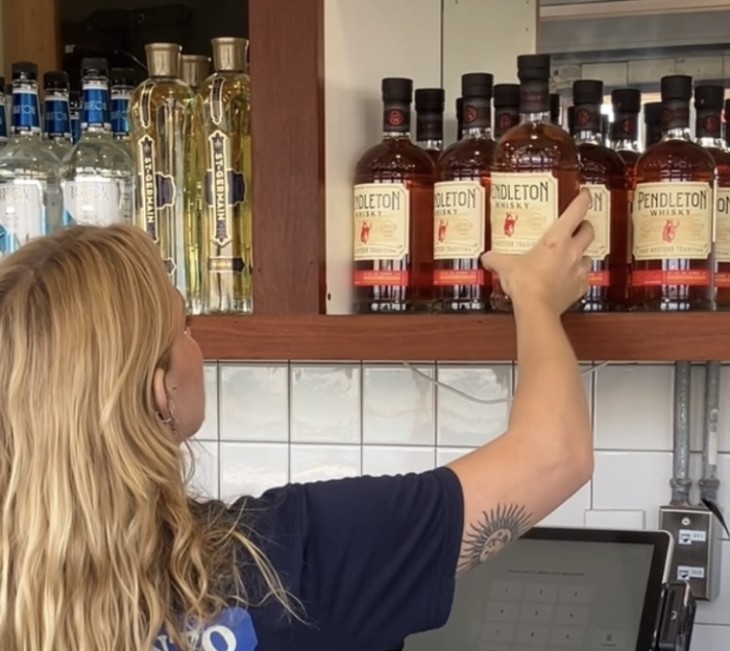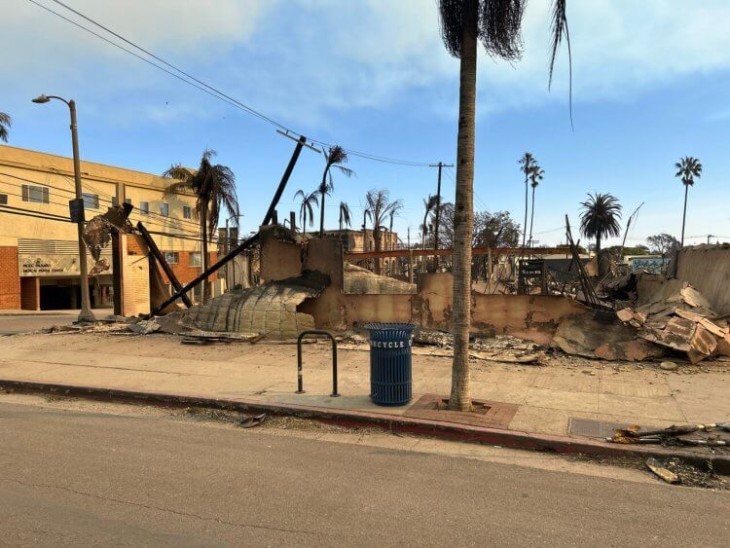To refer to John Hawkes as the quintessential character actor might be an understatement. Unlike many successful “personality” actors, who are the same in every role, Hawkes creates characters that bear no resemblance to each other.
His versatility has been seen in such films as “Wristcutters: A Love Story,” “From Dusk Till Dawn,” “The Perfect Storm,” “American Gangster,” “Martha Marcy May Marlene,” and the compelling “Winter’s Bone,” for which he won an Independent Spirit Award, the Screen Actors Guild Award for Outstanding Performance by a Male Actor in a Supporting Role, as well an Academy Award nomination for his performance as Teardrop. He also appeared in “Contagion” and is memorable as Sol Star in the successful HBO television series “Deadwood.”
Minnesotan-born, Hawkes began his career as an actor and musician, settling in Austin, Texas where he co-founded the Big State Production theater company. He appeared in “In the West” which was subsequently performed at the Kennedy Center in Washington, D.C.
In his latest film, “The Sessions,” Hawkes once again transformed himself physically and vocally and gives an extraordinary performance as Polio-stricken poet/journalist Mark O’Brian in “The Sessions,” co-starring Helen Hunt and William Macy. O’Brien lived most of his life in an iron lung and yearned to have a sexual experience.
The following has been edited for content and continuity for print purposes.
Brilliant performance. I hope you have your Academy Award acceptance speech written. (laughter)
John: I have no idea what you’re talking about. Are there some sort of awards coming up? (laughter). I’m being coy because this is a hard question to deal with, on many levels.
Did you have any idea when you took the role that there would be so much Oscar buzz about your performance?
John: Of course not. I was the first actor on board. I didn’t know who would come on to play these roles. It is a self-financed film, which is pretty rare. Ben Lewin and Judy Levine (producers) had to use a very untraditional, yet time-honored method, which was to reach out to friends and family because no one else would fund their film. So, I didn’t know if they would attract amazing actors like Helen Hunt and Bill Macy or if the film would get completely finished because sometimes they’re aborted half-way through. I also didn’t know it would go to Sundance and do well. You just don’t know. I didn’t read it and say this is an Academy Award. While I was a bit daunted at the prospect of playing a character with the physical limitations, this was a role I wanted to do.
Can you talk about how you developed the physical and vocal aspects of the character?
John: Sure. From the physical side, there were several tools available. In Mark’s (O’Brian) autobiography, he speaks about his physicality and his limitations and when I saw Jessica Yu’s really amazing short documentary “Breathing Lessons,” there was Mark in the flesh on screen with his ravaged Polio body, and his spirit, and his humor, and the sound and the dialect of his speaking voice. It helped me find Mark’s literal speaking voice and the interior side, which is in Mark’s writing and poetry.
How much influence did that documentary have on you?
John: Had there not been “Breathing Lessons,” I think I would have taken a very different approach to this role as if it was a totally fictional story. I don’t think I would have been able to find such rich detail as I found in Jessica’s film. I studied that film and wanted to emulate Mark’s physicality for two reasons: One, I love detail. I love specificity as an actor. The more specific truth you can find in small things and details, paradoxically the more universal the film becomes to an audience or to the story. There were so many details to take in and draw on and I wanted to emulate Mark’s physical picture of his body that I saw onscreen and wanted to approximate that as best as I possibly could. I also wanted to capture his voice, which in the film is subtitled so I had to alter it slightly for clarity to be able to be understood because we couldn’t subtitle our film. The second reason is I wanted to somehow make sure what I was doing was recognizable to Mark’s survivors, some of whom I spoke with. I wanted them to see something of their friend or relative as much as possible in what I did on screen. So that was kind of the physical beginning. To try figure out the voice and his body which is horribly curved. I also read all of his writings that I could get my hands on, including his poetry. He was a terrific poet which I think really drove him.
How did you figure out how to play the curvature of body?
John: In order to approximate that, I conceived of, and helped design, a soccer size ball of foam, which I placed mid-way on the left side of my back to give me a pronounced rib cage and a heavy curve of the spine. I learned to type and turn pages and make telephone calls with a mouth stick I fashioned at home. That was the beginning of the physical work, which I wanted to make second nature as best I could. I wanted it to be ingrained in my body so I could forget about it and not be thinking about it as we shot.
What was the biggest challenge during the shoot?
John: The real challenge was that it was a physically uncomfortable position to hold for long takes on camera or hold it within the iron lung. Because it was a production getting in and out of the lung, in those scenes, I was often in there for a quite a long time while they switched lights or changed camera positions.
Was it painful?
John: A minute amount of pain compared to what many people feel every day. I don’t think of myself as some sort of a martyr, but it was the approach I wanted and the pain was useful because the character had to be frustrated. I’m sorry if I’m rambling, but there’s a lot to say about preparation, so cut me off whenever you like.
When you first read the script, did you worry that you didn’t have enough to do as the character?
John: I suppose. I had to resist the idea that I had so little to do and that maybe I could just lay there and have it work. I like learning and preparing a lot anyway. The ultimate thing for me is to over-prepare and then forget everything and when the director calls “action,” just be there with the other actors in the scene trusting that all that preparation will be inside of me. There are moments when I felt like maybe I was close to Mark but again, the more preparation I did the better, particularly once I figured out the physical end and the interior work. Thought registers on camera, and you need to be thinking the right things and you need to be trying to accomplish goals moment-to moment in each scene that are consistent with the story.
Did your consciousness change as to how people respond to a handicapped person?
John: Between takes, often I would just continue to lie on the gurney and would notice that crew members would forget I was there and would set things on top of me like food, or costumes, or sodas, or lights. Mark used to mention that he felt that disabled people were invisible to able-bodied people so I guess in those moments I felt invisible and was capturing a piece of him even though the camera wasn’t rolling at the moment.
Did you have any physical problems after the shoot?
John: I don’t know if I can entirely blame it on the film, but if you go home and lay on a soccer ball for 40 minutes without moving a muscle in your body and curve your right hand to the ceiling, and your left hand in the opposite direction, and your legs are akimbo, and stretch your neck as far as it can go to the right, you’ll hurt. I’m over 40. I’m over 50 in fact and I think anyone of a certain age, and many people younger, are going to have neck and back problems. I can’t particularly blame the film, but while we were shooting, there were some rough nights and mornings.
Did you rehearse before shooting?
John: Ben Lewin had Bill Macy and I to his house and we talked over the scenes. Then Helen and I did the same with Ben, sitting on either side of him, maybe twice, not a typical rehearsal. We just talked. Can this line disappear because it’s already inferred? Why is it that word? Why not something else? What’s important here? You know, the typical things you want to figure out so you don’t have to deal with it on set, but no real traditional rehearsals. We did experiment on camera, but we had to have a clear idea of the story as a whole and what the scenes wanted.
Given that your role was physically demanding, was there one scene that was the most challenging?
John: The first surrogate session scene between Helen and I was a seven-page scene and we shot a master all the way through. When it’s a wide enough shot to where the audience sees your entire body, you have to try to never, ever move because even if my legs and arms weren’t on camera, I feel that would show in my face. You have to lie in an uncomfortable position, perfectly still, and if a fly lands on your face you can’t swat it off, or if a muscle cramps up, you can’t shift your body weight or move. You just continue to get through it and the pain may get sharper, but you’re doing the scene. So, I think the first session between Helen and I, even though it’s not in one long take in the film, was shot in one long take, and that was difficult. We were fairly low budget and I didn’t want to ruin takes by moving or ruin other actors’ or crew’s terrific work. So that was a challenge.
Did you ever get claustrophobic in the iron lung?
John: I didn’t. I was fine with that. My head was out, but it was more just lying in a tough position than being claustrophobic. Again, a minor amount compared to what people deal with in their daily lives.
Any physical treatments during the shoot?
John: I worked with a chiropractor who is a friend once or twice a week. I went in there for a half hour and he’d tell me things like this isn’t good for you or your organs are migrating from lying in weird positions. His advice was to move the torture ball, as we called it, to the other side of my back between takes and then completely mirror the position by doing things the opposite way, creating a new kind of pain but hopefully sort of realigning everything. I don’t mean to make a too big a deal of it.
When I watched the film, it took a while to realize that it was John Hawkes because it’s so different from any of your other roles.
John: Well, that’s the highest praise and I thank you for it. For a character actor, that’s music to our ears.


